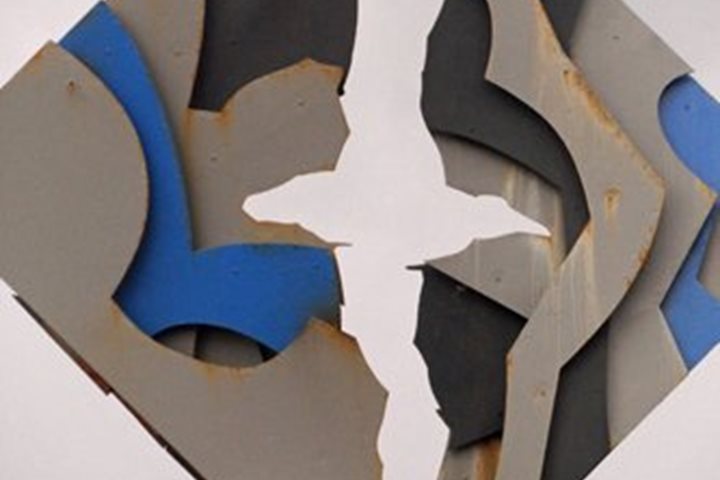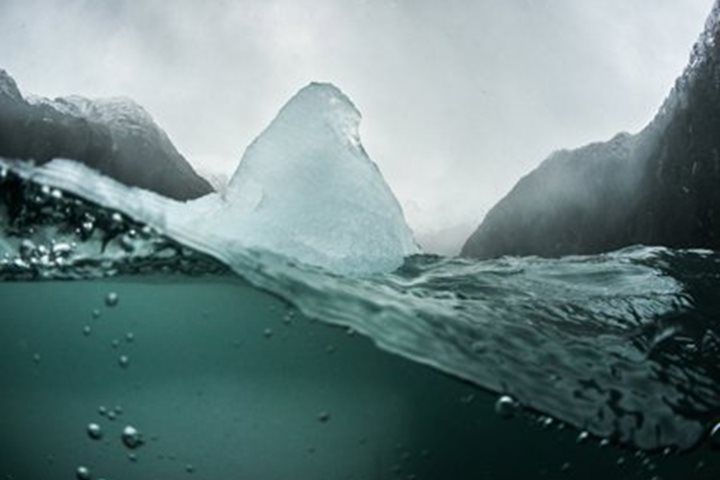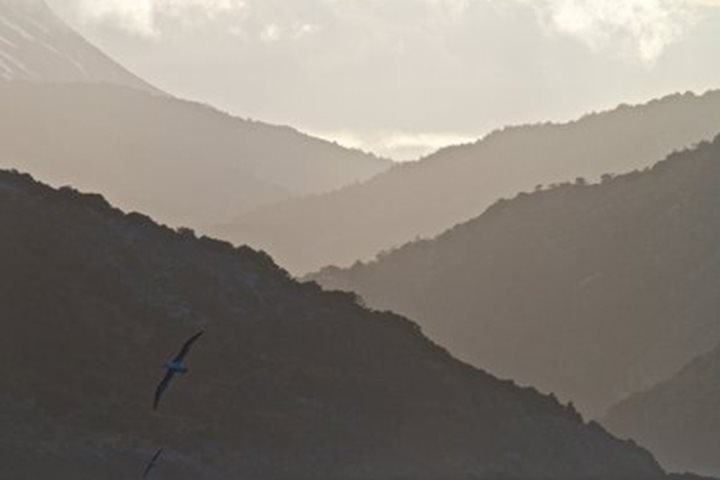Parallel lines have dominated our trip thus far. Our southward journey from Buenos Aires has been a track over the flat expanse of continental shelf extending from the coast of Argentina. In this big sky country, an almost unbroken horizon separates solid from gas, land from air. An occasional guanaco or volcanic formation creates negative space in the parallel scenery. We examined sedimentary deposits layered one on top of the other, undisturbed, stratified in age from young to old. Parallel lines of alluvial rock amidst cementing gypsum deposited on top of oyster shells. The eastern coast of South America is a depositional one; it’s the trailing edge of a west-bound continent. It’s flat.
Today we broke our track and begun our convoluted trek through Chile’s fjord system. No longer will our horizon be distant and linear. Gone are the rias and flat pampas. Distant cloud bands held up by towering mountains signify a totally different geological history. Glacial erosion and tectonic forces created a legendary schism between South America and at its nib, the island Tierra del Fuego. Like a painter’s brush sweeping westward across the globe, Tierra del Fuego points far to our east in a series of dangerous reefs, offshore rocks, and swirling sea mounts. Yet this evening we avoid all the hardship of open seas and follow the Spanish path to the Pacific and enter the Strait of Magellan, a protected shortcut and strategic gateway to another world. Tonight we leave the benign east coast and enter a tectonic thunder-dome of mountain creation and destruction, Chile.







